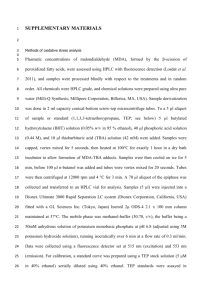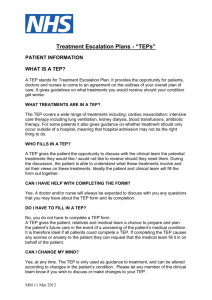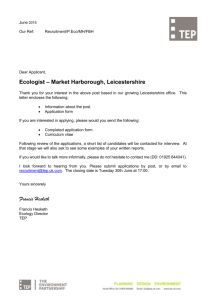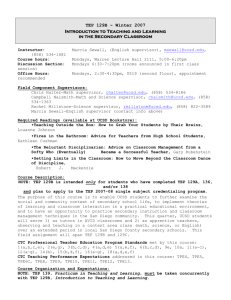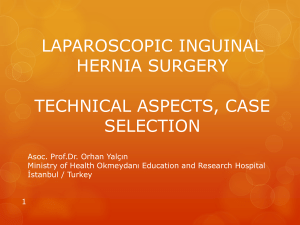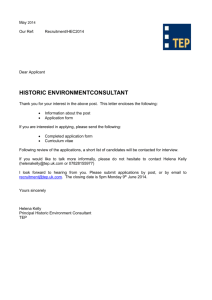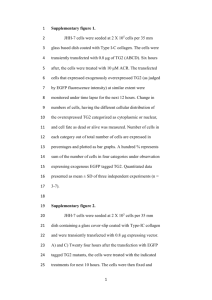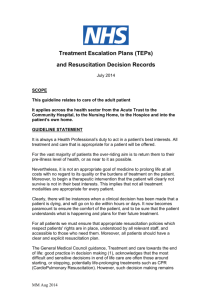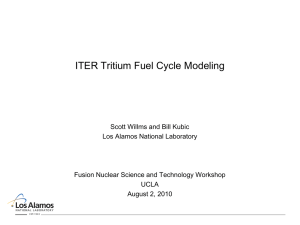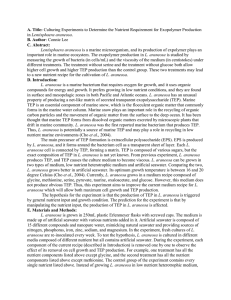P92 A crucial sequence for tissue transglutaminase transport in its N
advertisement
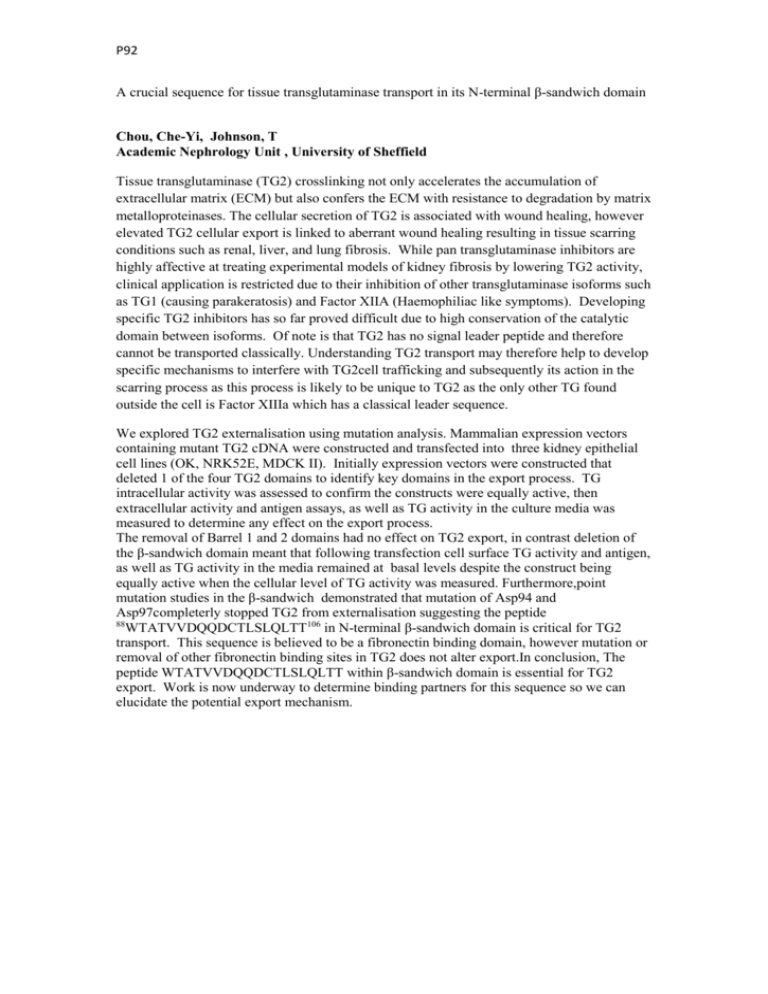
P92 A crucial sequence for tissue transglutaminase transport in its N-terminal β-sandwich domain Chou, Che-Yi, Johnson, T Academic Nephrology Unit , University of Sheffield Tissue transglutaminase (TG2) crosslinking not only accelerates the accumulation of extracellular matrix (ECM) but also confers the ECM with resistance to degradation by matrix metalloproteinases. The cellular secretion of TG2 is associated with wound healing, however elevated TG2 cellular export is linked to aberrant wound healing resulting in tissue scarring conditions such as renal, liver, and lung fibrosis. While pan transglutaminase inhibitors are highly affective at treating experimental models of kidney fibrosis by lowering TG2 activity, clinical application is restricted due to their inhibition of other transglutaminase isoforms such as TG1 (causing parakeratosis) and Factor XIIA (Haemophiliac like symptoms). Developing specific TG2 inhibitors has so far proved difficult due to high conservation of the catalytic domain between isoforms. Of note is that TG2 has no signal leader peptide and therefore cannot be transported classically. Understanding TG2 transport may therefore help to develop specific mechanisms to interfere with TG2cell trafficking and subsequently its action in the scarring process as this process is likely to be unique to TG2 as the only other TG found outside the cell is Factor XIIIa which has a classical leader sequence. We explored TG2 externalisation using mutation analysis. Mammalian expression vectors containing mutant TG2 cDNA were constructed and transfected into three kidney epithelial cell lines (OK, NRK52E, MDCK II). Initially expression vectors were constructed that deleted 1 of the four TG2 domains to identify key domains in the export process. TG intracellular activity was assessed to confirm the constructs were equally active, then extracellular activity and antigen assays, as well as TG activity in the culture media was measured to determine any effect on the export process. The removal of Barrel 1 and 2 domains had no effect on TG2 export, in contrast deletion of the β-sandwich domain meant that following transfection cell surface TG activity and antigen, as well as TG activity in the media remained at basal levels despite the construct being equally active when the cellular level of TG activity was measured. Furthermore,point mutation studies in the β-sandwich demonstrated that mutation of Asp94 and Asp97completerly stopped TG2 from externalisation suggesting the peptide 88 WTATVVDQQDCTLSLQLTT106 in N-terminal β-sandwich domain is critical for TG2 transport. This sequence is believed to be a fibronectin binding domain, however mutation or removal of other fibronectin binding sites in TG2 does not alter export.In conclusion, The peptide WTATVVDQQDCTLSLQLTT within β-sandwich domain is essential for TG2 export. Work is now underway to determine binding partners for this sequence so we can elucidate the potential export mechanism.
